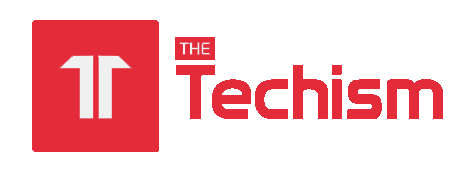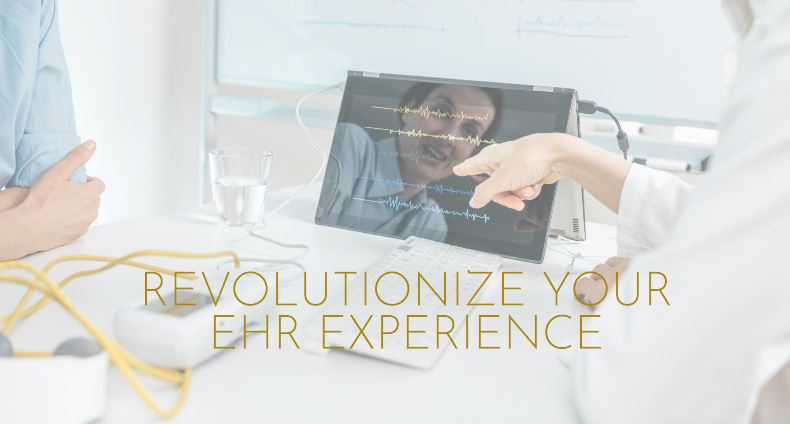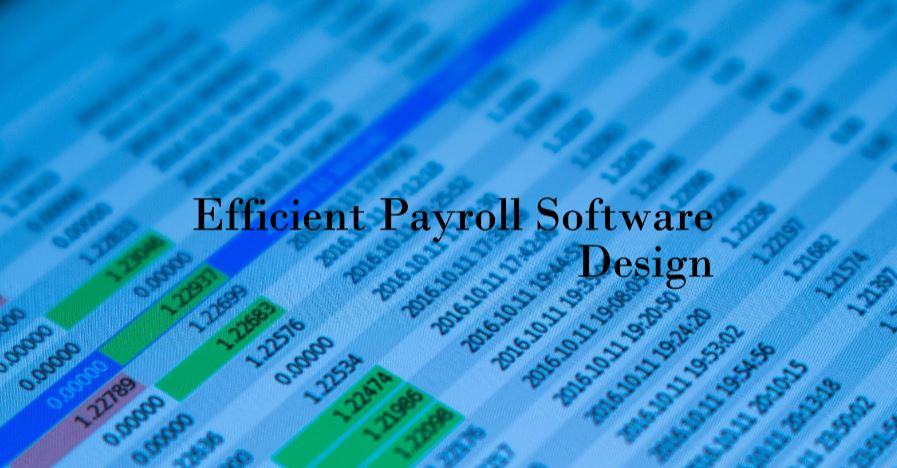Electronic Health Records (EHRs) have transformed the healthcare landscape, promising improved accuracy, accessibility, and efficiency of patient information. However, the usability of EHRs during patient appointments remains a critical concern.
Effective charting during appointments is essential for healthcare providers to maintain focus on patient care, minimize administrative burdens, and ensure patient safety. In this essay, we will explore the challenges associated with EHR usability during patient encounters and discuss potential solutions to enhance the charting experience.
Helping healthcare practice consulting with Electronic Health Records (EHR) consulting involves providing expertise, guidance, and support to optimize the use of EHR systems to improve patient care, efficiency, and compliance.
Challenges in EHR Usability during Appointments
Cognitive Overload: EHR systems often present healthcare providers with an overwhelming amount of information and options. During appointments, providers must quickly navigate through menus and input data, leading to cognitive overload and potential errors in data entry or retrieval.
Inefficient Workflow: Many EHR systems do not align with the natural workflow of healthcare providers. Providers find themselves clicking through multiple screens to find the relevant information, disrupting the flow of the appointment and diminishing the quality of the patient-provider interaction.
Lack of Interoperability: Incompatibility between different EHR systems and healthcare facilities can hinder the seamless exchange of patient information. Providers may struggle to access historical data from external sources, leading to incomplete patient records.
User Interface Complexity: The user interfaces of EHR systems are often criticized for their complexity and lack of user-friendliness. Non-intuitive design elements, small fonts, and cluttered screens can make charting a cumbersome task, especially during time-sensitive appointments.
Data Entry Burden: Providers spend a significant amount of time entering data, often duplicating information in multiple fields. This data entry burden can detract from meaningful patient engagement and contribute to provider burnout.
Solutions for Improved EHR Usability during Appointments
Customizable Templates: EHR systems should offer customizable templates that allow providers to create a charting interface tailored to their specialty and workflow. Templates can reduce cognitive load and streamline data entry.
Voice Recognition Technology: Implementing voice recognition technology can enable providers to speak their notes directly into the EHR during appointments. This reduces the need for manual typing and minimizes disruption to the patient encounter.
Enhanced Data Visualization: EHRs should prioritize clear and intuitive data visualization. Visual cues, such as color coding and graphs, can help providers quickly grasp important patient information.
Interoperability Standards: Healthcare organizations should advocate for the adoption of interoperability standards that allow for seamless data exchange between different EHR systems and healthcare facilities. This ensures that providers have access to complete patient records.
User-Centered Design: EHR developers should adopt a user-centered design approach, involving healthcare providers in the design and testing of EHR interfaces. This can lead to interfaces that are more intuitive and user-friendly.
Mobile EHR Applications: Mobile EHR applications can offer providers greater flexibility in charting. Providers can access patient records and input data using smartphones or tablets, even while at the patient’s bedside.
Artificial Intelligence (AI) Assistance: AI-powered tools can assist providers in charting by automatically populating certain fields, suggesting relevant data points, and identifying potential errors in documentation.
Training and Support: Healthcare organizations should invest in comprehensive training for providers to maximize their proficiency with EHR systems. Ongoing support and feedback mechanisms can also help providers adapt to system updates and changes.
Conclusion
Effective charting during patient appointments is a critical aspect of healthcare delivery, and the usability of EHRs plays a pivotal role in this process. While AdvancedMD EHR offers numerous advantages in terms of data management and patient care, they must be designed with the needs of healthcare providers in mind.
Addressing challenges related to cognitive overload, inefficient workflows, lack of interoperability, complex user interfaces, and data entry burden is essential for improving EHR usability during patient encounters.
By implementing user-centered design principles, innovative technologies, and interoperability standards, the healthcare industry can enhance EHR usability, ultimately leading to better patient care, reduced provider burnout, and improved overall healthcare outcomes.




